How to Move Your Marketing to an Organic Growth Strategy
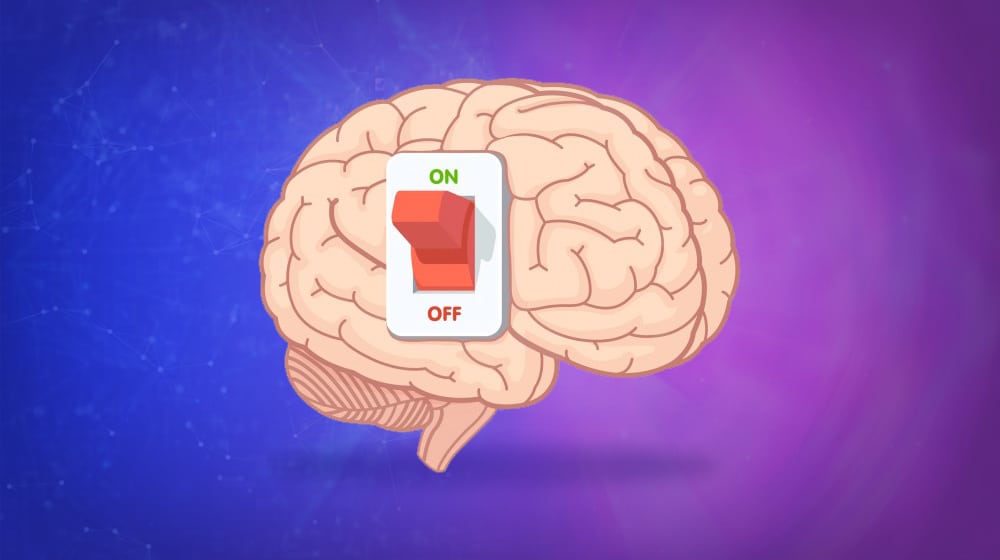
One of the biggest problems a lot of businesses face is getting "stuck" with paid growth. It's a slippery slope, right? You start off paying a few bucks a day into Google or Facebook, and you see great returns. That's what their algorithms are designed to provide, after all. Sure, you might make a mistake here and there, but overall, the returns are positive.
Then time goes on, and you reach greater and greater levels of saturation. Reaching the same audience becomes more expensive, and other audiences don't have the same returns. It costs more and more to keep up growth, and even to maintain the level you're already on.
The prospect of dropping the paid advertising altogether is infeasible as well. After all, when you stop paying for ads, you stop getting traffic from them. When a majority of your traffic – and your sales – come from paid advertising, quitting isn't worth it, even if costs are ramping up.
What you need is organic growth. Implementing organic growth strategies helps alleviate your reliance on paid advertising, giving you additional channels for reaching your target audience that isn't reliant on an ongoing investment to function.
The Foundation of Organic Growth
The core of any organic growth strategy is a blog. I know, you're probably shocked to hear me say it, but a blog is honestly one of the best things you can build on your website in 2020 and beyond. Blogs are how people find things online.
I always say it like this: every blog post is an opportunity. Every blog post you write has a purpose behind it - a topic it's targeting. It might be information about a problem you know how to solve, relevant to your product or your industry. It might be educational content about something in your niche. It might be answering a question a reader happens to have that you know how to answer.
A blog is essentially a gigantic knowledge base operated by your business. It helps you build brand awareness and trust, it helps you establish a position as a thought leader and, of course, it helps people find their way into becoming your customers.
There are many other benefits to having a blog, but one of the biggest ones is the sheer volume of extra visitors they can drive to your website over time. With most of my clients (and with my websites) over 90% of their total traffic is organic traffic to their blog posts. Take this blog post, for example - you're researching moving to an organic marketing strategy, and I'm a content marketer and blogger who specializes in that. You may have never found my business if it weren't for this post. Are you starting to see the value of blogging?
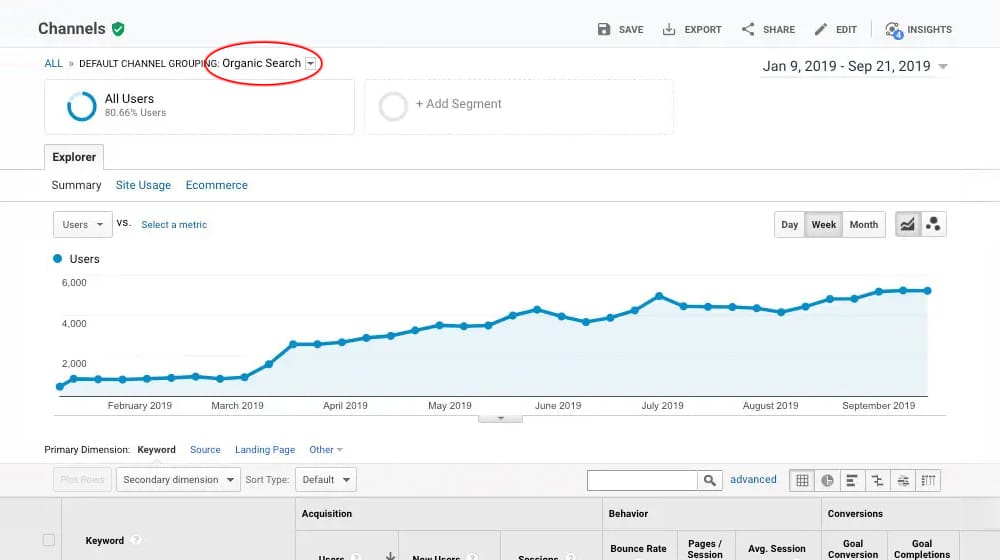
Every modern-day form of organic growth online uses a blog as its foundation. That's why I'm so focused on blogging as a core strategy for any business looking to grow. It works with any level of investment, and it compounds upon itself as long as you continue to work with it. It's truly a long-term investment. This post isn't going anywhere, and organic marketing strategies aren't going to become outdated. As long as the post helps people out and provides good information, it will continue to perform.
Forms of Organic Growth Fueled by Blogging
What are these strategies you can use for organic growth, assuming you have a blog?
Email marketing. Email is an excellent channel for any business to use, for one reason: it's not beholden to anyone else. You can build and maintain a mailing list, and send out a regular newsletter, with no reliance on any other company. It's not like Facebook ads, where if you stop paying for them, they disappear. It's not like Google search results, where if Google changes their algorithm, you can disappear from them. It's the one channel that weathers any storm.

A blog is one of the best ways to get people to sign up for your mailing list. This is in addition to established channels, like requiring user registration upon making a purchase. Email registration is a "low value" conversion you can use to capture users who are interested enough to be drawn into your funnel, but not interested enough to buy your product.
Using your blog, you can build trust and convince your readers that you're a leader in your space, and ultimately encourage them to sign up for your newsletter. This keeps them aware of you, so you're at the front of their thoughts when it comes time for them to convert. Even if they don't become a customer of yours immediately, they could a few months from now, or even years from now. Asking users to sign up for an email is a lot less friction than asking them to spend money with you, and you'll be surprised at the number of subscribers you gather.
Website conversion optimization. A blog gives you more traffic than a website without a blog ever will. That traffic gives you a wealth of data on your users; their interests, their demographics, their behaviors, what they're looking for when they find you.
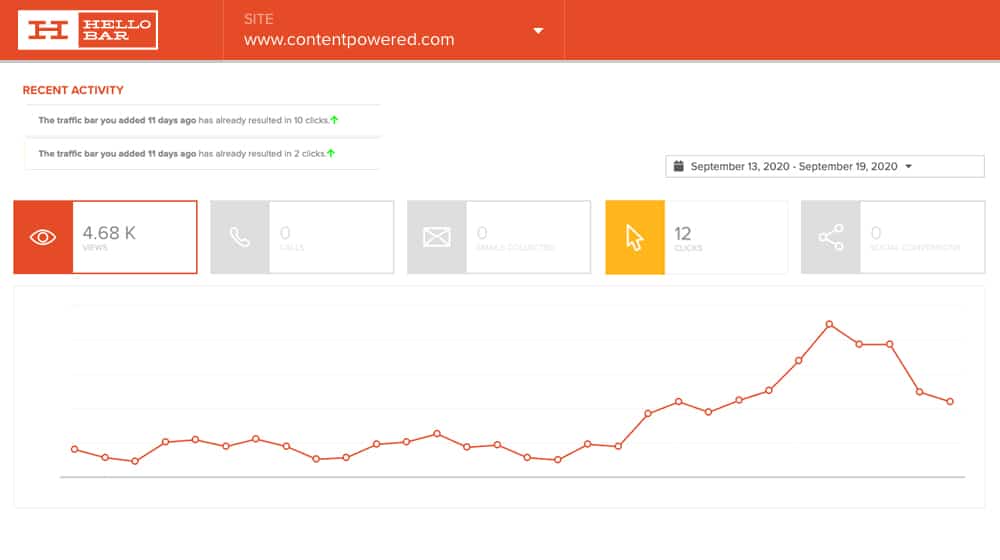
Using this data, you can make changes. Sometimes those changes will be to your website, to remove roadblocks and emphasize CTAs. Sometimes those changes may be to your topic ideation and the direction of your blog, to emphasize drawing in more users and tapping a newly interested audience. Sometimes they can even guide the development of new products or features that users demand.
Guest posting and other outreach. A blog gives you a position of trust and authority, building over time. You can use this to grow your reach through other channels. Other blogs will allow you to post on them – they get content, you get a link and access to their audience. Guest posting helps you access a brand new audience on a different website, which helps you build awareness and potentially bring them into your orbit. It's very difficult if not impossible to have a guest post published if you don't have a portfolio of content and some established level of authority, and that's easiest to cultivate with a blog.
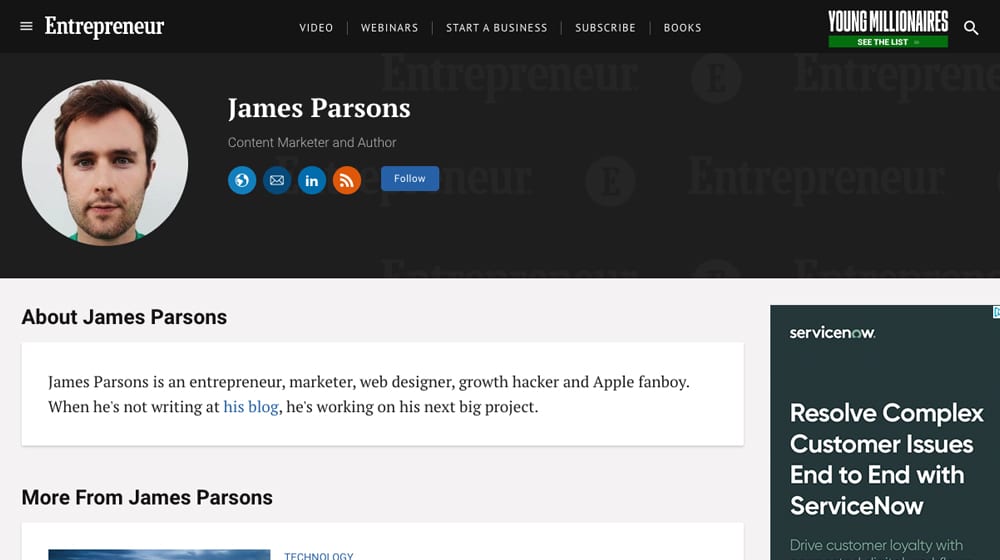
Social media posting. Social media success is based on the audience you grow on the social network, but blogging fuels it. Without a blog, you have a lot less to talk about, and what you have to talk about is usually yourself. People don't follow your social media just to read your self-aggrandizing content, they follow it as a sort of modern version of RSS. Blogging gives you content, cultivates engagement, and teaches you about your audience through their feedback.
How to Establish Organic Growth
When you want to start building organic growth channels, to diversify and pull away from reliance on paid channels, you have to follow a process. The process can vary, but there's a general structure, which is what I'm trying to break down here.
On the positive side, it's not a particularly difficult process, though each step has a lot of detail that you can dig down into if you so desire. With broad strokes, you can get the gist of most of it, and dig deeper to learn more where you feel its appropriate.
On the negative side, it's time-consuming, and it works best with an investment. Investing in organic growth typically means paying to establish channels, and paying to promote them. For example, you might pay for high-quality blog posts, and you might pay for quality tools to streamline the process, and you might pay to promote the best content you produce to accelerate growing your audience.
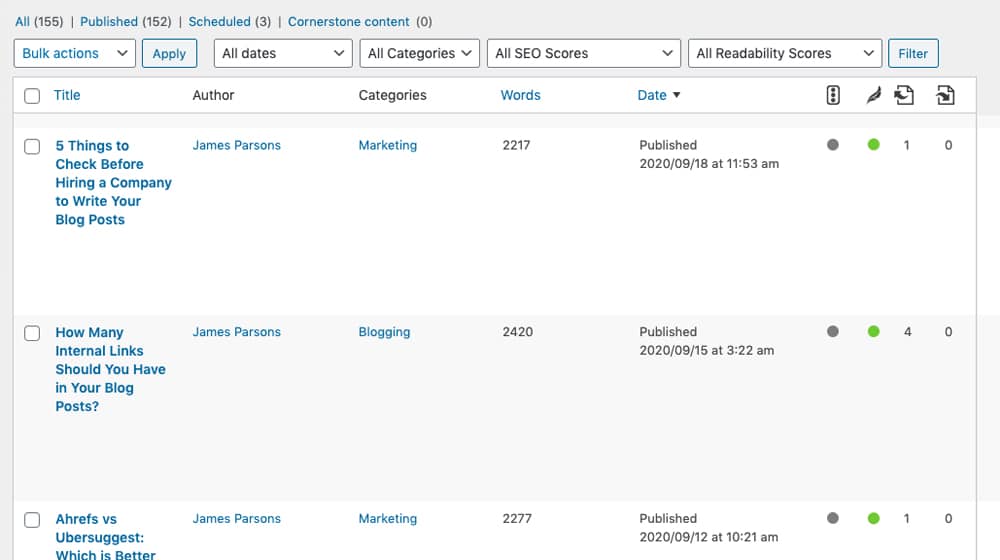
The redeeming factor here is that you can tailor your expense to your budget. If you don't have a budget for any of it, there are free platforms and free tools you can use, and you can produce content yourself. As you have more budget available, you can pay to streamline, accelerate, or bolster any aspect of your organic growth strategy. An expert is going to thoroughly research what topics you can write about to be successful so that you're publishing less content to achieve far greater results. Over time, though, a novice blogger can pick up these same skills, expertise, and enterprise software.
So, here's the process, as I've broken it down for you:
- Step 1: Build a bird's-eye view of growth goals.
- Step 2: Establish and invest in growing a blog.
- Step 3: Implement means for users to convert organically.
- Step 4: Implement secondary conversion channels.
- Step 5: Establish advanced analytics and behavior tracking.
- Step 6: Optimize your blog and website to enhance organic conversions.
- Step 7: Balance investment in organic and paid strategies.
Let's break those down with some more detail.
1. Build a bird's-eye view of growth goals. Your organic strategy needs a goal. Growth is part of that goal, but how do you grow? What constitutes growth? Are you thinking in terms of website visitors, newsletter subscribers, raw conversions, cart value, subscription length? There are many possible goals, and knowing the ones you're pursuing helps inform the rest of your strategy as you build it.
2. Establish and invest in growing a blog. Building and growing a blog is a complex topic. I should know, this entire blog you're reading now is based on it! When building your blog overall, you'll want to keep your bird's-eye goals in mind to guide your topic ideation and content focus.
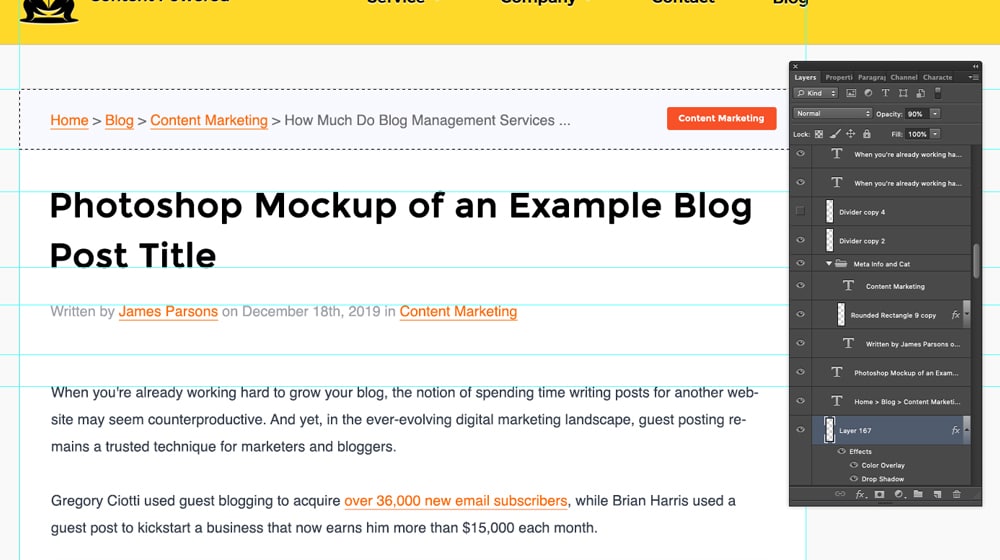
There are a ton of different guides out there to help you build a blog. Neil Patel has a great one here, focused on taking a blog from an idea to a profit. You'll be able to skip a few steps because you already have a website that has an audience and a profit margin.
3. Implement means for users to convert organically. You've already defined your conversions in step one, so now you implement the channels. This means things like landing pages, on-site advertising, calls to action, and forms.
An often-overlooked part of this step is making sure that every piece of content you publish has a goal. What are you asking the user to do once they've read the blog post? This will vary from blog post to blog post. Some are educational, and the best you can hope for is a newsletter registration. Some are deeper and expect more engagement with your brand already, and those users can eventually become paying customers.
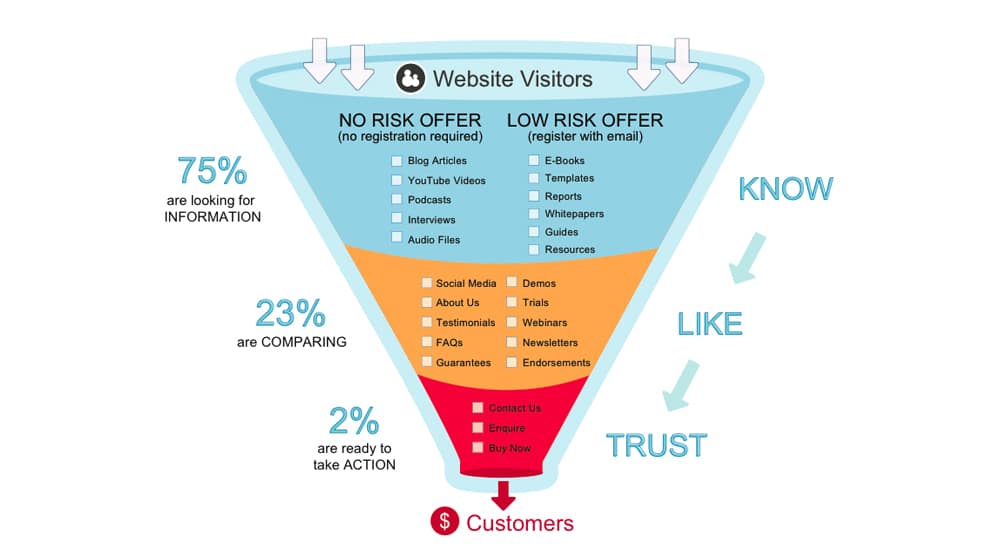
Remember, with blogging, the traditional sales funnel is very muddled. People enter and leave it from every stage, so you can't define one funnel for your blog users. You have to consider a variety of different user journey paths and optimize for each of them.
4. Implement secondary conversion channels. Secondary conversion channels are like sub-stations along the way. They're opportunities for a user to make a small conversion on the way to a larger conversion. The primary example I use here is the newsletter registration. You're not making money when someone signs up for your mailing list, but you're building a secondary audience of "people on the mailing list" that you can use for more precise, targeted marketing, which can result in more conversions down the road.
5. Establish advanced analytics and behavior tracking. Data is the key to organic optimization. Since you don't have all of the data of Google Ads or Facebook Insights on your organic blog, you need to harvest your own data. Usually, this means Google Analytics, but you can use other analytics platforms in addition to (or in place of) Google Analytics, depending on your data needs.
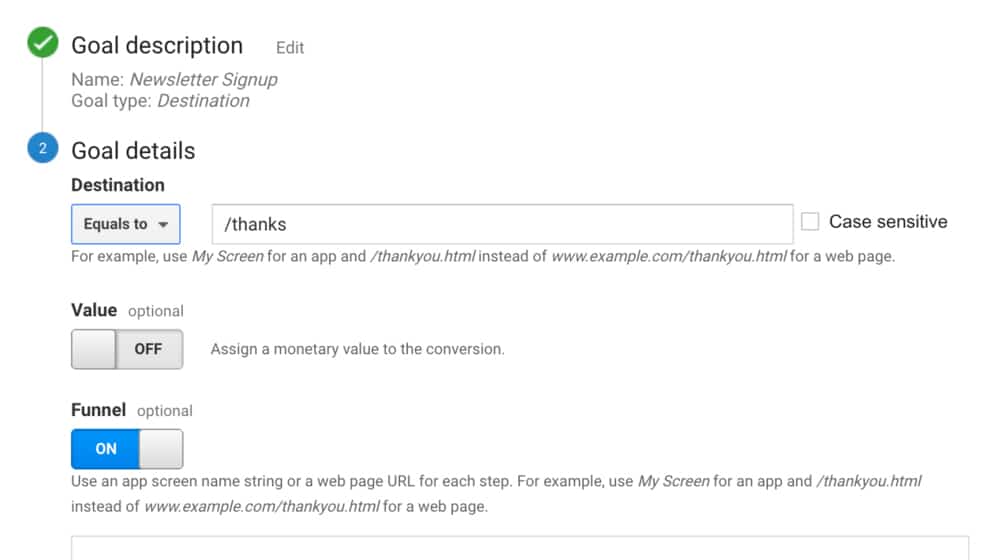
Pay special attention to tracking unique forms of data and conversions that are useful to know. Assigning things like "Clicked Sidebar CTA" and "Subscribed to Mailing List" as specific conversion actions not only gives you specific data about those users but it allows you to build additional lists to use for paid marketing elsewhere.
6. Optimize your blog and website to enhance organic conversions. Conversion optimization means taking the data you get from things like Google Analytics and a heatmap app, and figuring out what is stopping people from converting further in your funnel. Are you not being convincing enough? Are you too pushy too soon? Are you failing to provide information users are looking for? There are a million different factors you can monitor and change, test, and trial. Developing those tests and making those changes is the bulk of organic growth optimization.
You should be constantly tracking your engagement on your call to actions. Even changing your colors or altering your phrasing could have a massive impact on your click-through rate and sales, but you won't know what's working unless you split test those variations first.
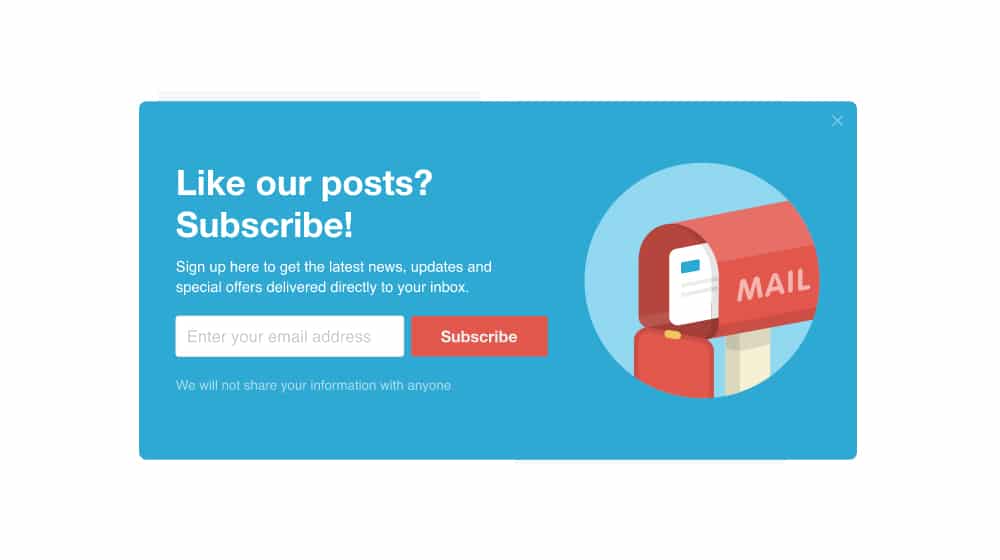
7. Balance investment in organic and paid strategies. Organic growth does not happen overnight. As I mentioned, you can pay some money to speed up the organic growth process, by promoting your blog and emphasizing its value through other channels. To a certain extent, though, you need to simply spend time to let the blog grow and flourish. A tree doesn't grow instantly because you fertilize it, after all.
Keep an eye on your organic growth, and monitor how much comes organically versus how much comes from paid channels. Over time, you can start to dial back and change the emphasis of your paid channels – from marketing directly to marketing your organic channels – to balance out costs. Using your data, you can identify where your money is best spent, and focus it in that direction.
For example, if you're just starting out, a purely organic strategy may be too slow-acting for some. Conversely, if you're more established and are looking for diversification from ads and other forms of paid marketing, you might start looking at long-term investments.
This balancing, combined with ongoing conversion optimization and monitoring analytics, is the "new normal". It's what you'll be spending your time doing, once your organic channels are built up. Keep posting new content, monitoring how it works, optimizing it, and repeating the process.
It all starts with a blog. So, are you ready to start yours?




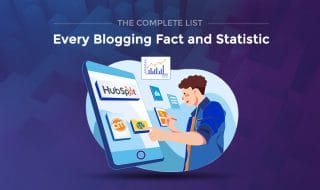
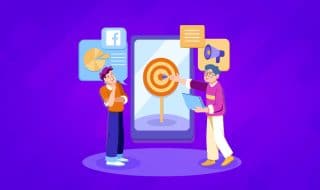

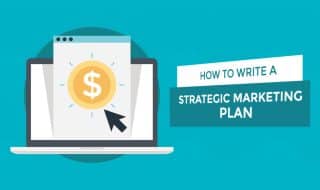


May 04, 2021
Do you have any idea how much of a businesses ROI % is from blogs and how long before you see the result?
May 08, 2021
Hey Celeste!
It depends on a lot of factors - time, competition, demand, profit margins, average ticket, content quality, publishing frequency, and more.
It can take years for a blog to pay for itself.
The difference is blog posts yield growth, links, traffic, and sales for years to come.
The ROI of extra links, social shares, and extra eyes on your content is a very difficult thing to measure from an ROI standpoint.
The answer is, it's different for every business.
There is also the conversion rate optimization element - we wrote a guide on how to improve your CRO:
https://www.contentpowered.com/blog/increase-blog-return-investment/
Hope this helps you!